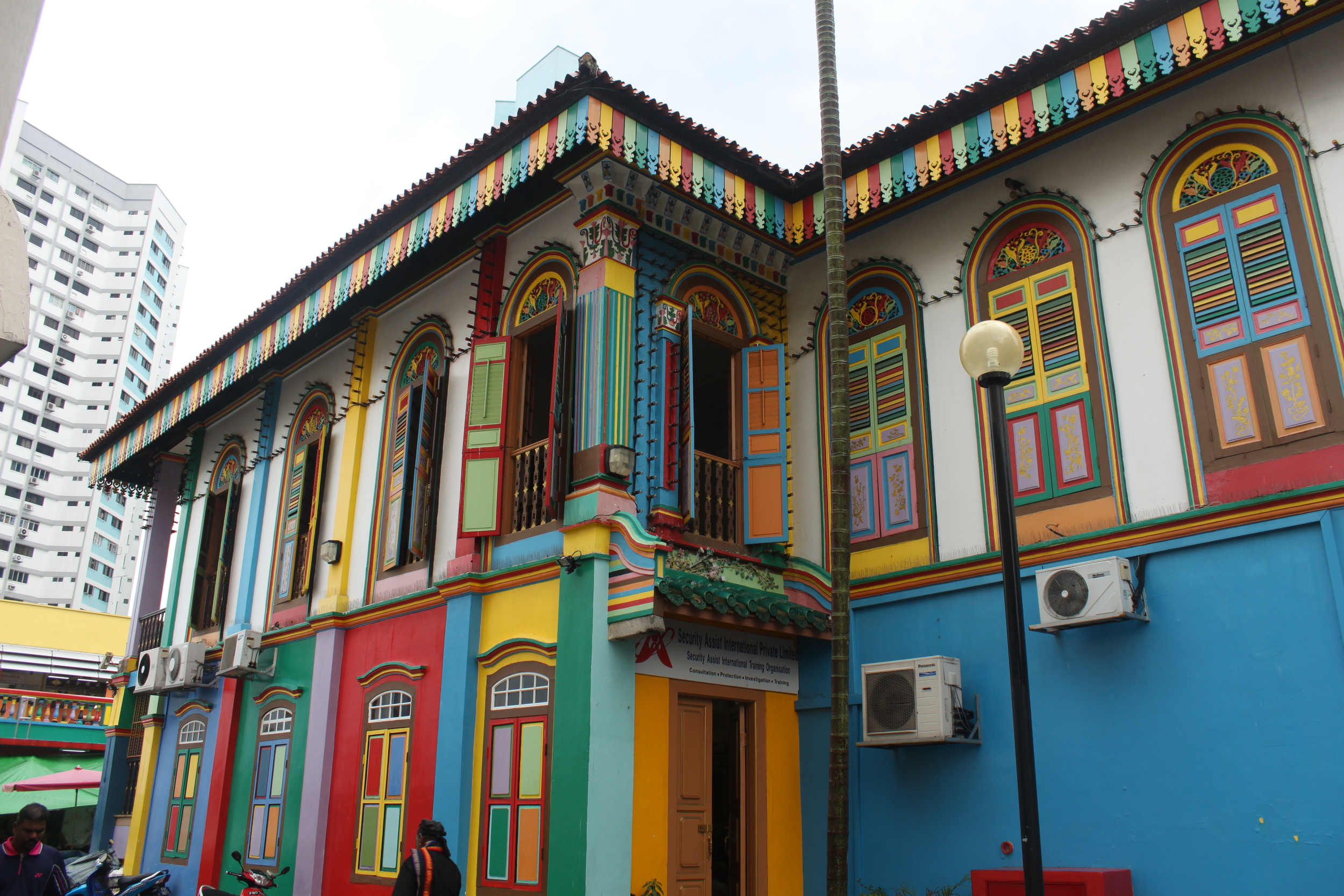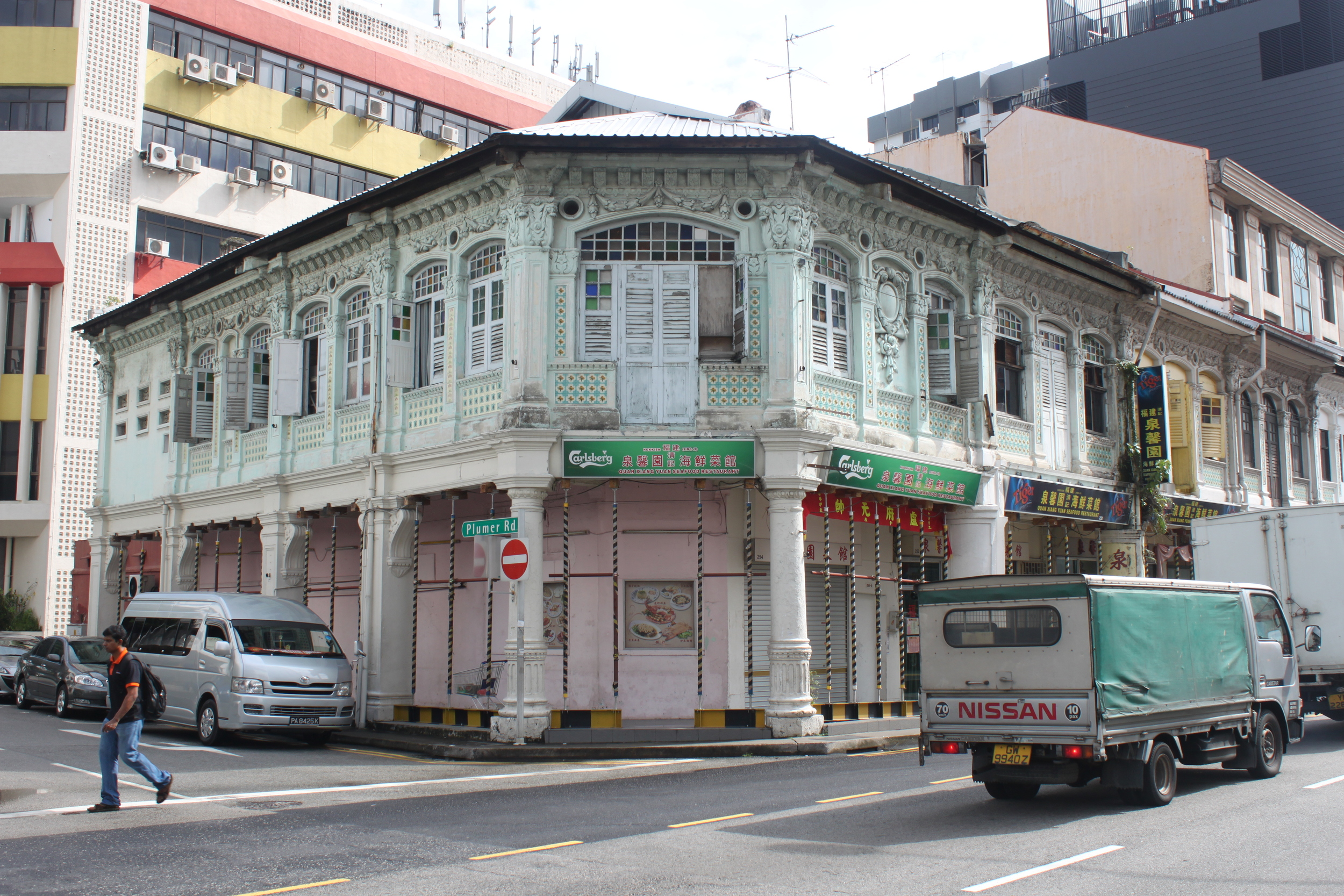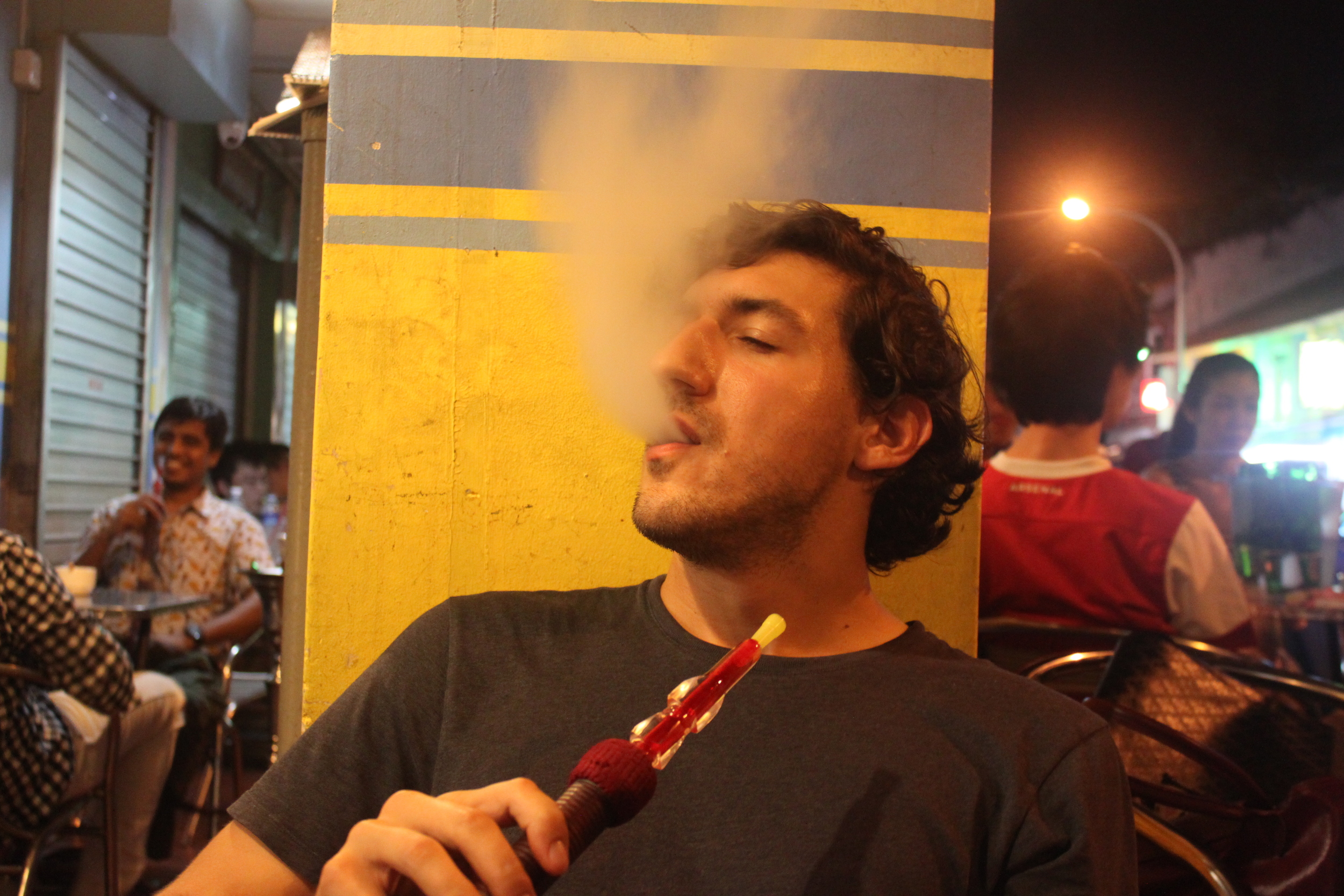singapore
While we loved Shanghai, Vietnam and Cambodia, by the time we landed in Singapore we were more than ready to be in a place that was a little more… organized. This city-state, developed by the British in colonial times and now one of the richest countries in the world, did not disappoint. Singapore is essentially the opposite of Cambodia: everything is expensive, rules are strictly enforced and followed, it is a major hub for international business and it is the second densest country in the world with most of the 5.4 million people living stacked on top of each other in apartment buildings.
Due to Singapore’s small size and high cost, it was a just quick two-day stopover for us. All of the hotels were out of our price range, so that meant a return to hostels. For no less than six times the price of our very decent hotel in Siem Reap, we were now the proud residents of a bunk bed in a room that held six other people. One of these people had a serious sounding respiratory problem that sounded like a diesel engine going up a hill. At this point we felt pretty good about our decision to only stay two nights.
When we got up Thursday morning we quickly stepped out to explore the city. We were immediately covered in a blanket of the kind of hot, humid air that you need to experience to understand. Singapore is almost exactly on the equator and it is a different kind of heat—the dense city, direct sunlight and humid environment work together perfectly to push you into the A/C. The closest thing I can think of is waiting for the NYC subway on the hottest summer day but with the sun down there on the platform with you. After we were able to embrace the sweat we started noticing things we did not expect. While the financial district is a forest of skyscrapers and suits, the rest of Singapore is defined by its diversity. People from all over the world have been coming here for generations to make their fortune (or just to get by). Singapore is now made up of several major ethnic groups and has four official languages. About half of the residents are native Chinese speakers, with about a third speaking English as their first language (despite the fact that less than 3% of the residents are white). Little India was a particularly vibrant community where the sidewalks were full of shops and restaurants and the architecture had its own Indian flair. Just a short walk away, Arab Street was buzzing with people of all backgrounds socializing into the early morning over beers and hookahs. A towering, gold-domed mosque served as this Muslim community’s centerpiece.
As New York City has learned, one of the best parts of this kind of diversity is the food. People have been cooking and competing here for over a century, taking the best parts of another ethnic cuisine and adding it to their own. This goes along with a culture of families eating outside the home, which in turn gives more incentive to make the best meal on the block. The city now has countless food courts, each with dozens of small-time, low price “hawker” stands (a step up from street food) for people’s everyday meals. Singapore has also developed some signature dishes including bak chor mee noodles and “chicken rice”. We sampled the chicken rice our first night (which somehow only cost a few bucks) and were thoroughly impressed. I’ll admit, it sounds boring but the dish has been absolutely perfected so the rice is rich and savory and the chicken is perfectly tender. The next day we grabbed some delicious Pakistani prata and later spent a little more money at an Indian restaurant that was possibly the best Indian food I’ve ever had. This is tough for me to say, but if you walk up to the average ethnic restaurant in Singapore it just might be better than its counterpart in New York.
Singapore’s diversity comes along with its status as the main international business hub for Southeast Asia. It was founded by the British as a trading post in 1819 and much of the influence still remains. For instance, English is the official government language and people drive on the left. However, Singapore has its own unique social and legal system that most western countries would consider restrictive. Drug offenses that earn you a little prison time in the US are punishable by death in Singapore; even chewing gum is illegal. Much of the city has that buttoned-up international business culture that anyone who’s been in Midtown Manhattan on a weekday would recognize. Carla and I admittedly found the higher-end parts of town a little bland, but it’s understandable for a country that attracts people from around the world to make money first and ask questions later.
By the way, it is clear that people are still making money here. Maybe it’s the connections to emerging markets that have continued to grow since the US / Europe recession or maybe it’s something else, but everything from the standard $50 dinner plates to the Ferraris on the street suggest business is booming. We were not in Cambodia anymore. There was even an advertisement for a scam that screamed “real estate bubble” on the table where I ate my $3 chicken rice. If you’re in the finance business check out the picture below—it’s a classic.
After our delicious Indian feast we just beat a tropical downpour and caught the train to the airport a little early. That was fine because the Singapore airport is possibly the best in the world, as it should be in a place where the economy is based on international transportation. Our next stop would be Bali, and we couldn’t get to the laid-back island life and pristine beaches soon enough.
// asia trip to date: 7 flights, 4 trains, 2 buses, 1 boat, 9 cities, 6 countries























